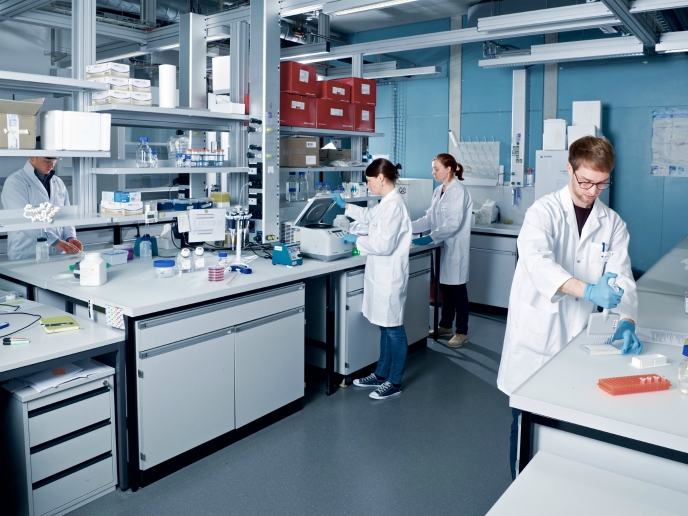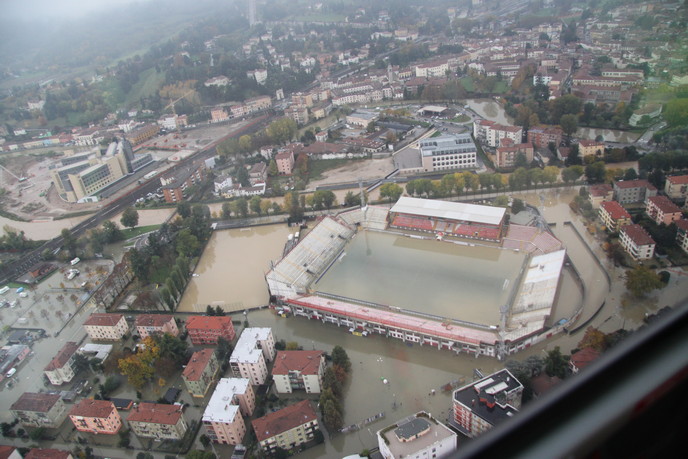Grid computing links Europe and China
Research is an increasingly global endeavour. In 2007, an EU-funded project set out to improve the link between European and Chinese computing grids and enable researchers to carry out joint research in data-heavy fields like aerospace, pharmaceuticals and meteorology. The first challenge of the project, called 'Bilateral research and industrial development enhancing and integrating grid enabled technologies' (Bridge), was to make the software systems that manage the European and Chinese grids compatible. The European grid infrastructure (GRIA) and Chinese CNGrid (GOS) provide comparable services, but were organised differently The Bridge team worked to bridge the main gaps between GRIA and GOS by building a new software superstructure to access them and tap their capabilities. The system included new gateways into the two grids plus a shared platform to manage overall workflow, access needed applications and translate higher-level commands into steps that each grid could carry out. In doing so, the team addressed key interoperability issues, such as policy management (trust relationships, security policies, access rights), resource and capacity management (providing services under different constraints), and data processing and storage. The project set up three joint application showcases, using distributed workflow and data access technology. The aerospace simulations proved tougher than expected, according to the partners, because different parts of their simulations took place in different research centres. Optimising the flow of work from centre to centre was therefore a huge challenge. Despite this, the Bridge team set out to determine optimal wing flap parameters to maximise lift and minimise noise during aircraft landing. And they succeeded. The enormous amounts of data in meteorology, the second of Bridge's showcases, also posed a challenge. However, by the end of the two-year project, the researchers had achieved their goal of linking major meteorological databases using a hybrid grid infrastructure based on GRIA and GOS. New drug development is time-consuming and costly. Powerful computers can help by simulating the processes of the body in search of potential matches between millions of small molecules and proteins that play vital roles in disease-causing organisms. A molecule that binds strongly to a key protein has the potential to be turned into a potent new drug. Bridge researchers set out to integrate four different 'docking tools' - programs that calculate bonding between a small molecule and a particular protein - which were running in distributed locations in Europe and China. They were able to test millions of molecules for promising candidates against, for example, malaria or the H5N1 bird flu virus. This successful four-pronged approach produced promising results, according to reports, and the Bridge infrastructure has already been adopted in Egypt to target the malaria parasite. The Bridge team was eager to present these promising results at various conferences in China and Europe. The Chinese partners, in particular, have organised many workshops, where industrial partners from the relevant Chinese industrial sectors participated.







